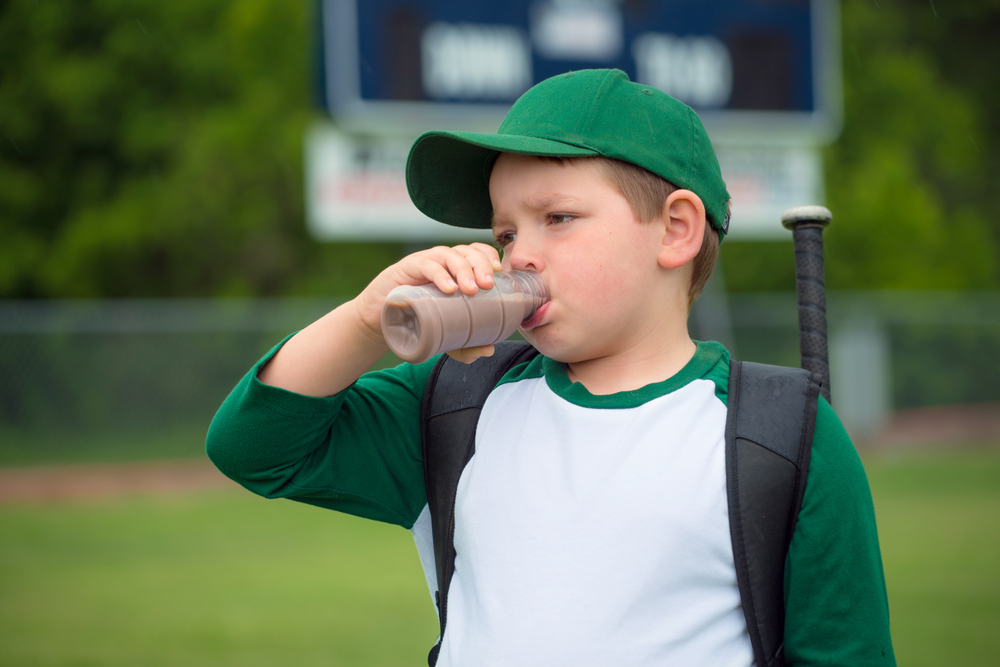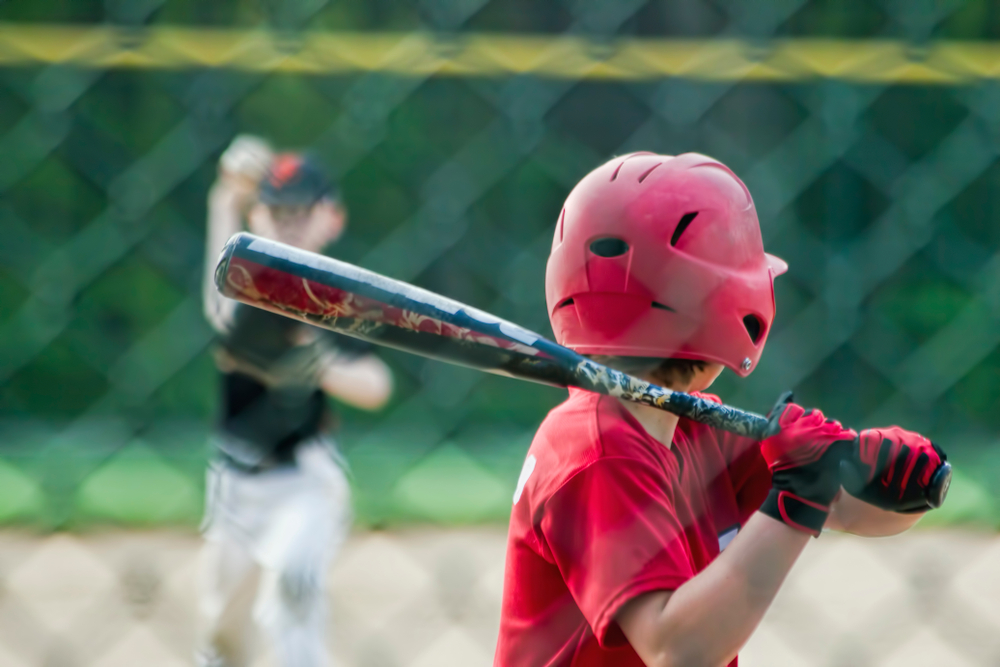The best bat for your baseball player ultimately comes down to the one that makes them most comfortable at the plate. Length and weight, weight distribution, construction, and certification are all important factors when shopping for youth baseball bats.
Related Post: How to Train for Youth Baseball Tournaments
Baseball Bat Material & Construction
Aluminum alloy
The king of ping was the first non-wood bat in competitive baseball. Aluminum alloy bats are lightweight, nearly indestructible, and still extremely popular despite the rise of composites. There is no breaking-in period for aluminum bats, and they remain the most cost-efficient bat on the market as well.
Composite
Known for large sweet spots and maximum jump, composite bats are made of carbon fiber polymers. Composite bats take time to break in, most need a few hundred hits to reach maximum potential as the fibers tighten further. Though sometimes adverse to cold temperatures, composite bats are more durable than wood, and their flexibility leads to fewer stingers from mishits than aluminum alloy.
Wood
For a bat like the big leaguers, look no further than classic wood. Purists will argue that there is no better stick to swing than a wood bat balanced perfectly for your swing. Wood bats lack the durability of metal/composite bats, and of course, can break on poor contact.
One-Piece vs. Two-Piece Construction
Non-wood bats are made of either one whole piece or two pieces: the handle and the barrel. One-piece bats have limited flexibility and the barrel spends more time in the zone to favor power hitters. Two-piece bats are more flexible, taking away the sting of mishits. Popular among contact hitters because of their smooth, controlled motion, these bats can be constructed with a combination of materials, such as a composite barrel with an aluminum handle.
Size and Weight of Youth Baseball Bats
When deciding what baseball bat to buy, you’ll want to consider length, weight, drop weight, and weight distribution.
Length
A longer bat offers greater reach but gives up control of the barrel. The longer the bat, the heavier it swings. A shorter bat loses reach in favor of control. A simple test to determine if a bat is appropriate length is to stand a bat on its end next to your leg. If the cap reaches your palm, swing away.
Weight
The preferred weight of the bat is entirely based on what feels best to your player. A lighter bat has increased control and speed, a heavier bat generates more power.
Drop Weight
Drop weight is the length of the bat in inches minus the weight in ounces. So a 30-inch bat that weighs 27 ounces would have a drop weight of -3. The permitted drop weight of a bat differs between age levels and bat certifications. (Read about bat certifications below.)
Weight Distribution
Balanced means the weight is distributed evenly throughout the bat and is well suited for players looking to increase their bat speed or have better control of their swing.
End-Loaded bats carry most of their weight in the barrel to create a whip-like action and generate power. There is less control over end-loaded bats. They work best for hitters with the strength to generate their own bat speed.
Bat Certifications & Regulations
Certifications regulate bats for performance and safety at different levels of the game. It is important to confirm the certification requirements to make sure your athlete’s bat is permitted in their league or tournament.
USA Baseball: For Youth Leagues 8-14
Bats with the USA Baseball certification are the most popular for youth baseball players and standard among most leagues (AABC, Babe Ruth/Cal Ripken Baseball, Little League Baseball). USA bats are lightweight for young, developing players, and provide less ‘pop’ than other non-wood alternatives.
USSSA: For Competitive Youth & Travel Baseball
USSSA bats are heavier, have a larger barrel, and provide more reaction (or spring). They are built to maximize performance and fall into two categories (14 and under, 15 and above).
With the exception of bats on the USSSA banned list, Ballparks of America allows bats certified BPF 1.15 without size or weight restrictions. Wood composite bats are allowed without restriction as well.
Note: USA Bats can be used in USSSA leagues. USSSA bats are not permitted in USA leagues or tournaments.
BBCOR: For High School & College Baseball
To level the batters’ advantage and improve safety, the NCAA adopted BBCOR certification in 2011. BBCOR caps drop weight (at -3) and requires weight distribution similar to wood bats. Soon after, the NFHS adopted BBCOR for high school baseball. Middle school hitters may switch to BBCOR if they intend to play in high school.
Consider BallParks of America for Your Next Baseball Tournament
Here at Ballparks of America we live and breathe youth travel baseball. We’re the premier destination for stay-and-play baseball tournaments in the country. Sign up for a tournament or reach out to us with a question.





